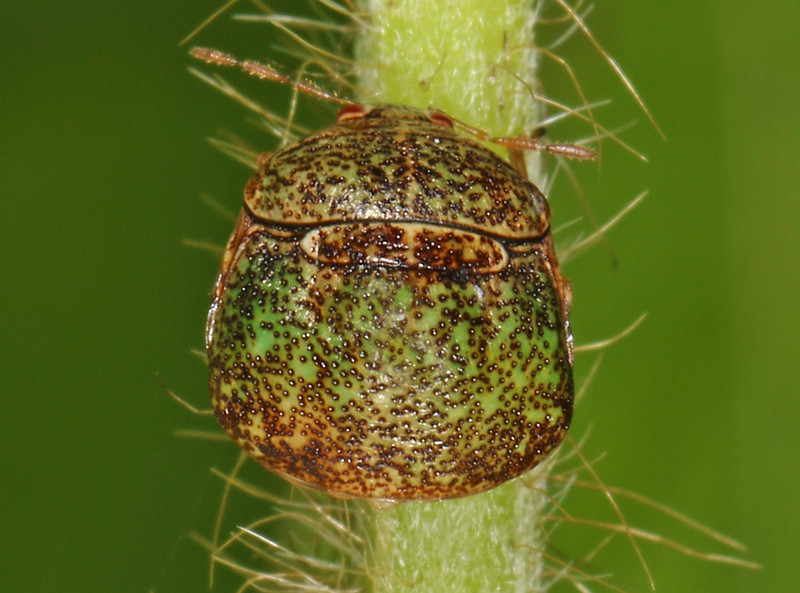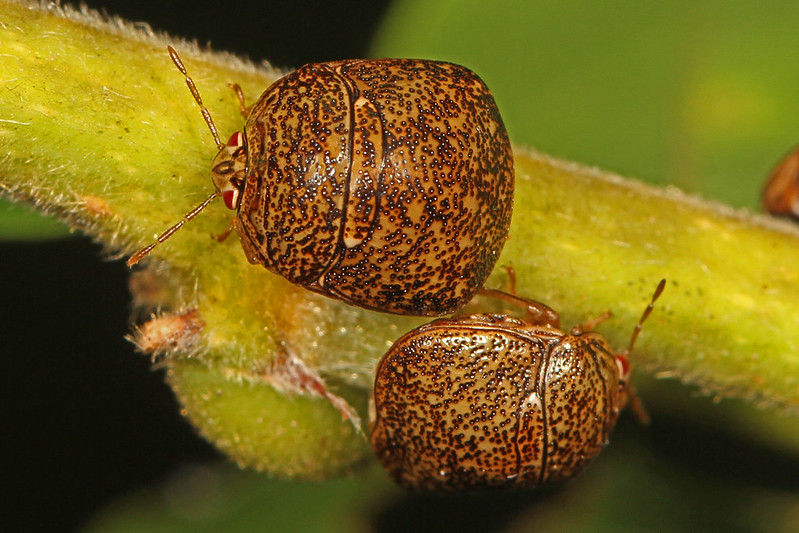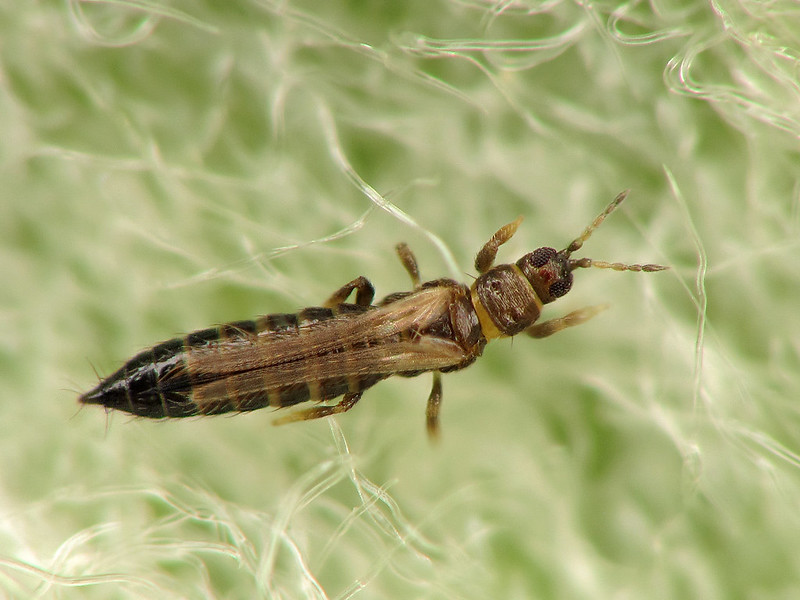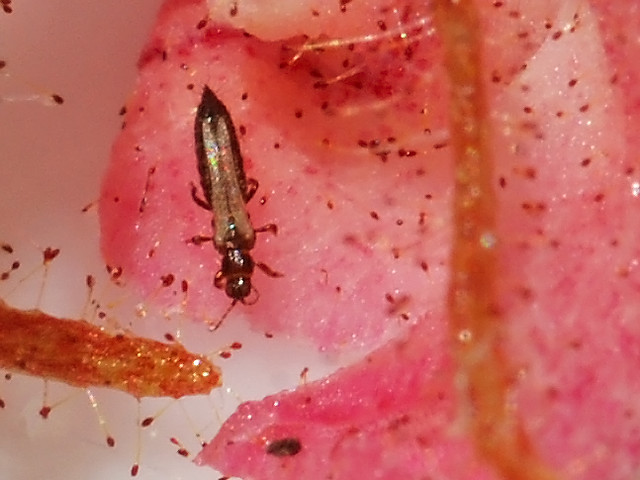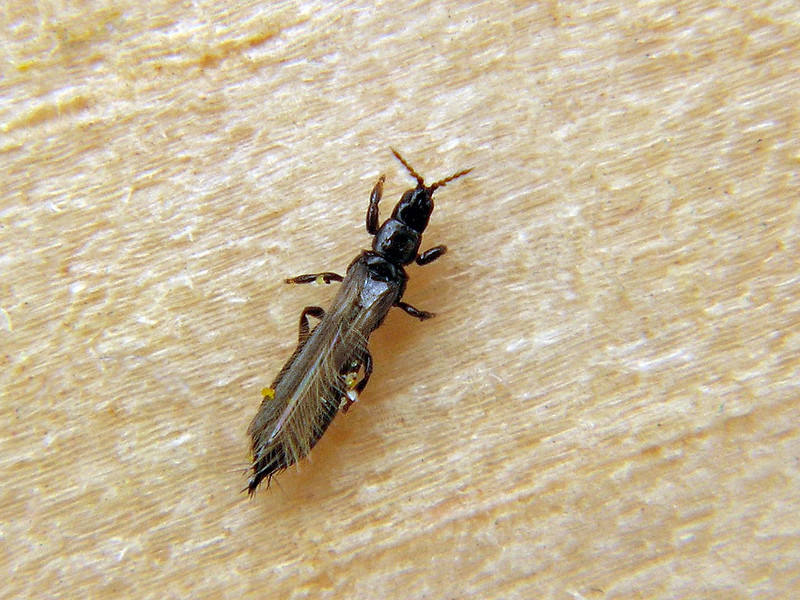How can you tell if the bug you’re looking at, in your home, your garden, or on your farm, is indeed a kudzu bug?
What Are Kudzu Bugs?
Kudzu bugs, which are scientifically known as Megacopta cribraria and are also called bean plataspids or globular stink bugs, are small insects native to South East Asia. As their name suggests, the equally invasive kudzu vines that were first introduced to the United States in the late 1800s from the same region are one of their primary food sources — by tapping into the plant with their sharp mouth pieces, kudzu bugs can turn these “mile-a-minute” vines into a shadow of their former selves very quickly. Kudzu bugs don’t merely damage these weeds, however. They also feed on many other beans and legumes, endangering the livelihoods of farming communities in the process.
Today, kudzu bugs quickly spread through states that produce large quantities of soybeans, reducing the yield of these crops by up to three quarters in the process. In addition to soybeans and kudzu, other important sources of food in the US include:
- Pigeon peas
- Black eyed peas
- Lima beans
- Pinto beans
- Alfalfa
- Wisteria
- White clover
- Red clover
- Perennial peanuts
It will come as no surprise that you are most likely to come across kudzu bugs in regions where the insects’ food sources are abundant, nor that the bugs congregate in larger numbers in the direct vicinity of the crops they feed on and that serve as their reproductive habitats.
While kudzu bugs pose an enormous threat to the agricultural industry, they have also become a nuisance to countless homeowners in these regions. Once the weather grows cooler, kudzu bugs set out in search of a suitable place to hibernate, and they are especially attracted to white and light-colored surfaces. On the positive side, this allows for the best opportunity most homeowners have to get rid of them.
From early October through late November, people living in areas where kudzu bugs are particularly problematic may find these pests swarming around their homes. They are looking for small cracks and crevices where they can safely spend the winter, and will come inside given a chance.
Although kudzu bugs do not bite or sting, and they don’t spread diseases either, they do pose two special and related challenges. When threatened or crushed, kudzu bugs emit a yellow secretion that:
- Stinks — kudzu bugs belong to the same superfamily of insects as stink bugs, and the odor they emit tends to linger
- Causes skin irritation on contact, ranging from mild swelling to nasty welts
- Leads to yellow-orange stains, but on your skin and on surfaces such as wood or fabrics
What Do They Look Like?
Adult kudzu bugs can be recognized fairly easily, thanks to their rather distinctive appearance. They:
- Measure between 3.5 and 6 mm long; around the size of a ladybug
- Are colored olive-green with specks of black
- Have a round body shape, similar to that of a turtle
- Feature a characteristically wide back end that is significantly wider than their heads, something that sets kudzu bugs apart from many otherwise similar-looking insects
One further characteristic that makes kudzu bugs stand out is that they almost always congregate in large clusters. While you may be able to spot a single stink bug, kudzu bugs come in groups — and that is how you will find them attempting to make their way into your home when they are looking for a place to overwinter.
The egg capsules, which are deposited in long lines, are tubular in shape and appear on the underside of leaves. Kudzu bugs go through multiple nymph stages, but these immature kudzu bugs are smaller, have a fuzzy appearance, and have a narrower rear.
Black Kudzu Bugs?
Have you spotted a black insect that you believe to be a kudzu bug, but are confused by the fact that kudzu bugs are supposed to have a dark green appearance? There are two possibilities. From even a slight distance, kudzu bugs, which have speckles of olive alongside very dark and black portions, can look entirely black.
Shield bugs, which belong to the same family and are lined with an orange border, can also easily be confused with kudzu bugs. They have a narrower lower body, however, and are less rounded. If you are not sure what type of bug you are dealing with, try to capture one so that it can be examined further.
